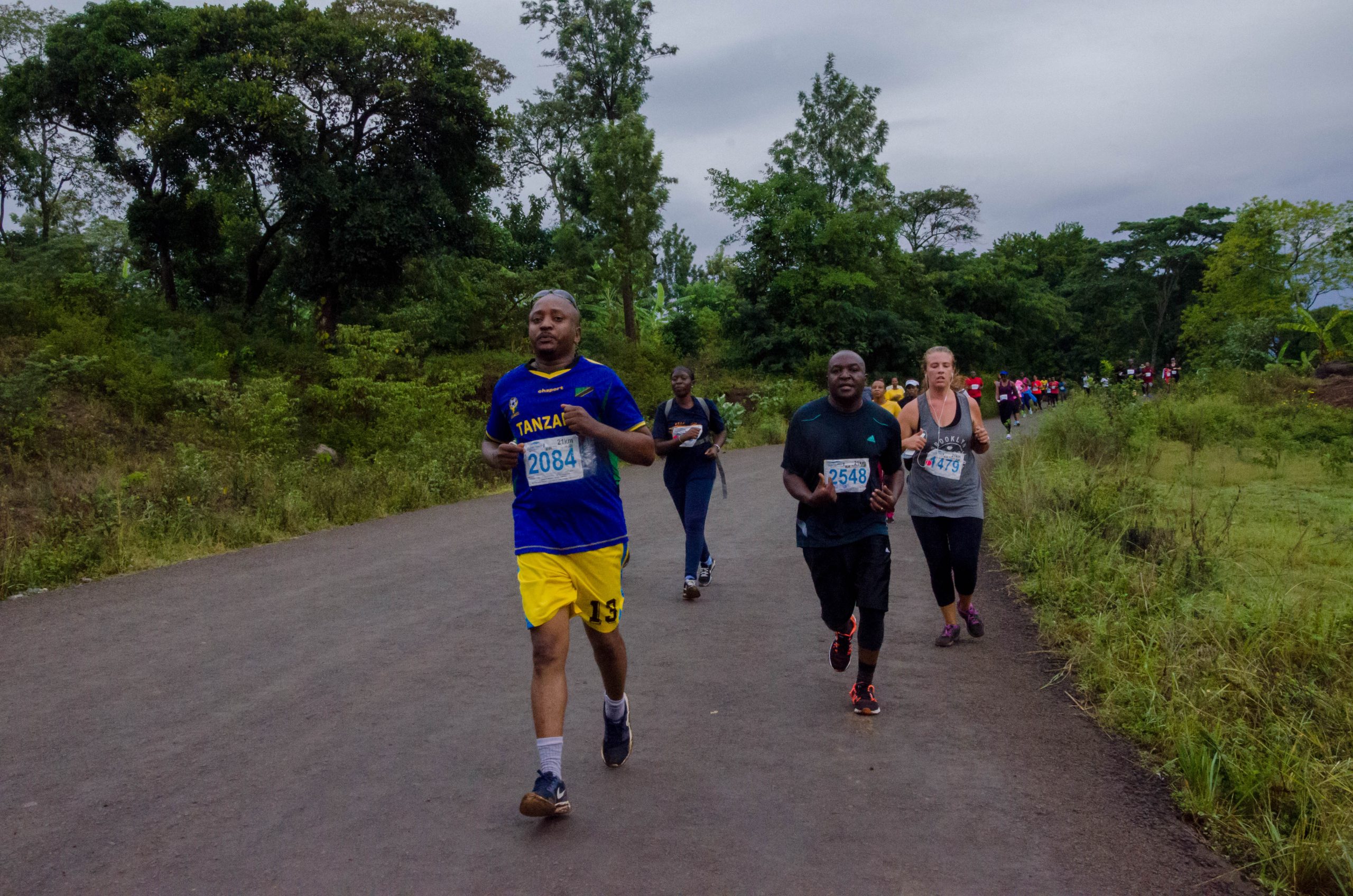Climbing Mount Kilimanjaro is a dream for adventurers and trekking enthusiasts worldwide. Kilimanjaro Trekking offers an exhilarating experience, breathtaking landscapes, and a sense of personal achievement. However, the journey to the summit is not without its challenges. Understanding the difficulties and preparing to overcome them is essential for a successful Kilimanjaro trekking adventure.
Physical Challenges of Kilimanjaro Trekking
Kilimanjaro trekking is physically demanding. The ascent involves long hours of hiking on steep and uneven terrain. Many trekkers underestimate the effort required, leading to fatigue and muscle strain. To overcome these challenges, preparation is key. Regular cardiovascular exercise, strength training, and endurance hikes prior to the trek can significantly improve your performance. Carrying a lightweight backpack and using trekking poles can also reduce strain on your legs and joints, making the Kilimanjaro trekking experience more manageable.
Altitude sickness is another major physical challenge during Kilimanjaro trekking. As you climb higher, oxygen levels decrease, leading to symptoms like headaches, nausea, and dizziness. To combat altitude sickness, it is crucial to acclimatize properly. Choose a trekking route that allows gradual elevation gain, drink plenty of water, and avoid alcohol. In some cases, medications like acetazolamide may be recommended by a healthcare professional. Being aware of the signs of altitude sickness and responding quickly can prevent serious complications and ensure a safer Kilimanjaro trekking journey.
Weather and Environmental Challenges
The weather on Mount Kilimanjaro can be unpredictable. Trekkers may encounter rain, snow, and extreme temperatures all within the same day. This variety of conditions makes Kilimanjaro trekking particularly challenging. To prepare, pack appropriate clothing in layers, including thermal wear, waterproof jackets, and sturdy boots. Understanding the weather patterns of each trekking zone—from rainforest to alpine desert—can help you plan your daily hikes more effectively.
Another environmental challenge is navigating the diverse terrain of Kilimanjaro. Trekkers must pass through dense forests, rocky paths, and high-altitude deserts. Good-quality hiking boots with strong ankle support, trekking poles, and proper footwear for icy sections are essential. Familiarizing yourself with the route beforehand and listening to your guide’s instructions can help you manage these environmental challenges safely during Kilimanjaro trekking.
Mental and Emotional Challenges
Kilimanjaro trekking is not only a physical journey but also a mental test. Long days, steep inclines, and the possibility of adverse weather can be mentally exhausting. Many climbers struggle with self-doubt and fatigue, which can impact their progress. Maintaining a positive mindset, setting small milestones, and encouraging fellow trekkers can help overcome these mental challenges. Mindfulness and focusing on the present moment also improve endurance and resilience during Kilimanjaro trekking.
Team dynamics can also affect the emotional aspect of the trek. Conflicts or disagreements within a trekking group may arise under stress. Open communication, patience, and mutual support are essential for maintaining morale. Guides play a critical role in motivating trekkers and providing emotional support, ensuring that each member has the best chance of completing the Kilimanjaro trekking adventure successfully.
Nutritional and Hydration Challenges
Proper nutrition and hydration are vital during Kilimanjaro trekking. Trekking at high altitudes increases energy expenditure, and inadequate food intake can lead to fatigue and low performance. Carrying energy bars, snacks, and electrolyte-rich drinks is recommended. Meal planning during the trek should focus on easily digestible, high-energy foods to maintain stamina. Dehydration is another common issue, so drinking water regularly, even when not feeling thirsty, is crucial for preventing headaches, dizziness, and reduced physical performance during Kilimanjaro trekking.
How to Prepare for Kilimanjaro Trekking
Preparation is the key to overcoming the challenges of Kilimanjaro trekking. Start training months in advance with cardiovascular exercises, strength training, and practice hikes. Choose the right trekking route based on your fitness level, allowing enough days for proper acclimatization. Equip yourself with quality gear, including layered clothing, a reliable backpack, hiking boots, and trekking poles. Educate yourself about altitude sickness, nutrition, and hydration strategies. Most importantly, maintain a positive mindset and listen to your guide’s advice. By preparing thoroughly, you can enjoy the adventure of Kilimanjaro trekking while minimizing risks and discomfort.
Conclusion
Kilimanjaro trekking is a life-changing experience that comes with physical, mental, and environmental challenges. From altitude sickness and unpredictable weather to mental fatigue and nutritional needs, each hurdle requires careful preparation and awareness. By training your body, acclimatizing properly, packing the right gear, staying hydrated, and maintaining a positive mindset, you can overcome these obstacles and make the most of your Kilimanjaro trekking adventure. Every challenge you face on the mountain is an opportunity to grow stronger and more resilient, and the sense of accomplishment upon reaching the summit makes all the effort worthwhile. With proper preparation and determination, Kilimanjaro trekking becomes not just a climb, but a transformative journey that leaves lasting memories.
